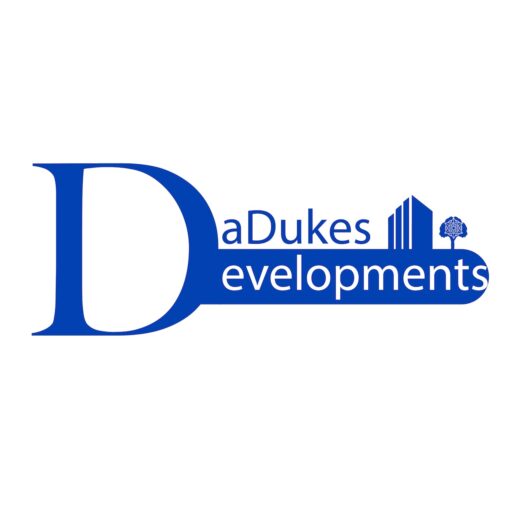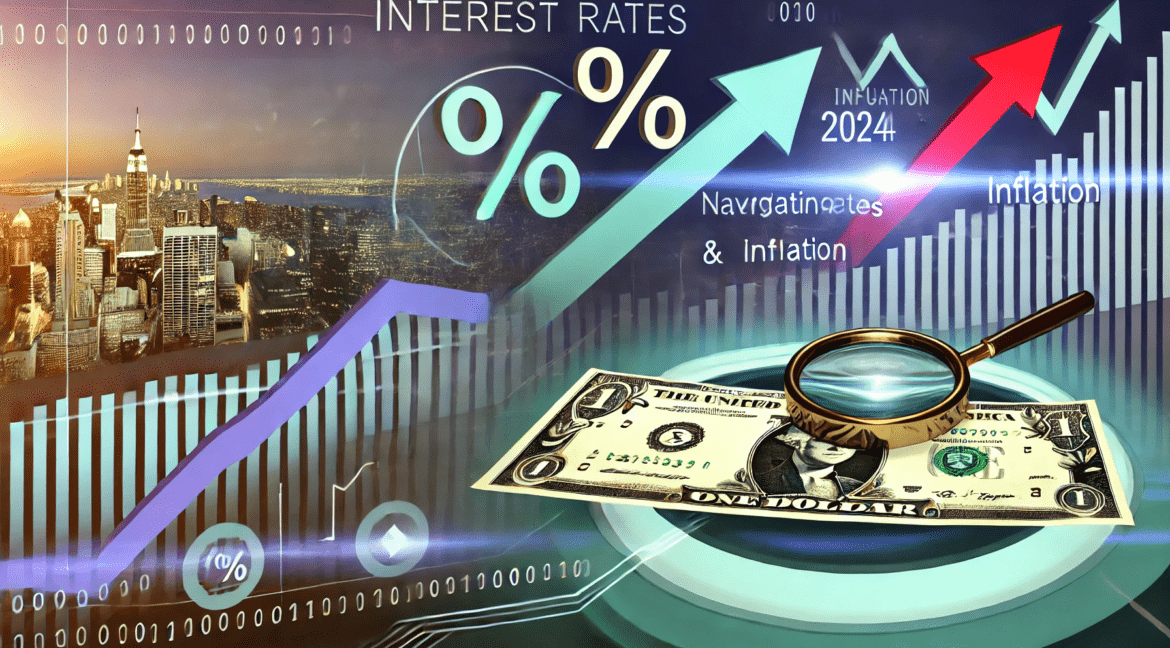Interest rates and inflation are two of the most crucial economic indicators that significantly impact the economy and individual financial decisions. Understanding their dynamics can help individuals and businesses make informed decisions in a rapidly changing economic landscape.
Interest Rates: Current Trends
As of August 2024, interest rates in the United States have shown some fluctuations. The average rate for a 30-year fixed-rate mortgage was 6.46%, reflecting a slight decrease from previous weeks[2]. These rates are influenced by various factors, including Federal Reserve policies, economic data, and market expectations. For instance, recent lower-than-expected employment reports have caused some volatility in the financial markets, affecting mortgage rates[2].
Inflation: Recent Developments
Inflation has been a focal point of economic discussions in recent years. In July 2024, the annual inflation rate in the U.S. was 2.9%, a decrease from the previous month’s rate of 3%[5]. This decline marks the smallest 12-month increase since March 2021[8]. Various factors, such as changes in energy prices and supply chain dynamics, contribute to these fluctuations. The Consumer Price Index (CPI), a key measure of inflation, provides insights into these trends, highlighting sectors like shelter and motor vehicle insurance as significant contributors to inflationary pressures[8].
The Interplay Between Interest Rates and Inflation
Interest rates and inflation are closely interconnected. Central banks, like the Federal Reserve, use interest rate adjustments as a tool to control inflation. When inflation is high, central banks may increase interest rates to cool down the economy, making borrowing more expensive and saving more attractive. Conversely, when inflation is low, interest rates might be lowered to stimulate economic activity by encouraging borrowing and investment.
Impact on Consumers and Businesses
For consumers, changes in interest rates can affect mortgage payments, credit card interest, and savings yields. A decrease in mortgage rates, for example, can make home buying more affordable, while higher rates might deter potential buyers. Inflation, on the other hand, erodes purchasing power, meaning consumers need more money to buy the same goods and services as before.
Businesses also feel the impact of these economic indicators. Higher interest rates can increase the cost of financing projects, while inflation can lead to higher input costs, affecting profitability. Companies often need to adjust their pricing strategies and cost management practices in response to these changes.
Conclusion
Both interest rates and inflation are pivotal in shaping economic conditions. Staying informed about these indicators can help individuals and businesses navigate financial decisions more effectively. As the economic landscape continues to evolve, understanding the implications of interest rate and inflation trends will remain essential for financial planning and strategy development.
Disclaimer: This blog post is for informational purposes only and does not constitute financial advice. Please consult with a financial advisor for advice tailored to your specific circumstances.
Citations:
[1] https://www.statista.com/statistics/273418/unadjusted-monthly-inflation-rate-in-the-us/
[2] https://money.com/current-mortgage-rates/
[3] https://marketbrew.ai/a/finance-websites-seo
[4] https://www.mintcopywritingstudios.com/blog/seo-for-financial-services
[5] https://www.usinflationcalculator.com/inflation/current-inflation-rates/
[6] https://blog.hubspot.com/marketing/blogging-for-seo
[7] https://backlinko.com/hub/content/blog-seo
[8] https://www.bls.gov/news.release/cpi.nr0.htm


